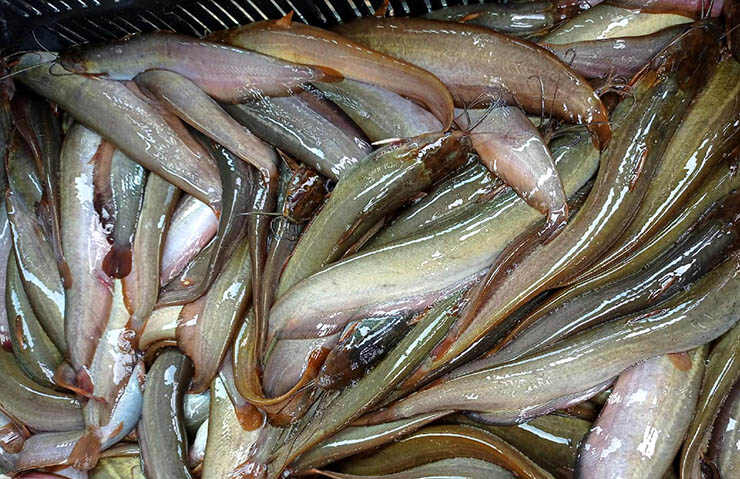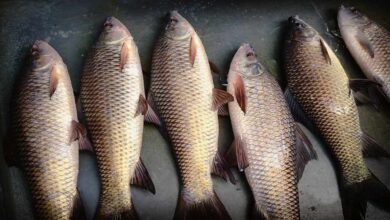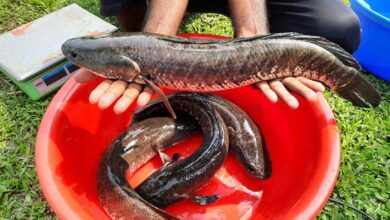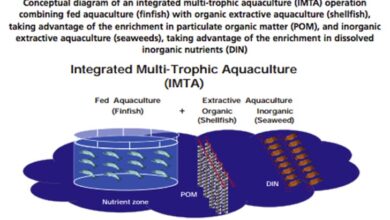
A highly sought-after species of freshwater fish, the stinging catfish (Heteropneustes fossilis) or Shing fish is also one of the most expensive fish locally. This fish, which goes by the name “shing” here, can survive in rather brackish water. In several Asian nations, H. fossilis, the stinging catfish, is an important species for aquaculture and commerce.
Live fish such as Koi (Anabas cobojius), Shing (Heteropneustes fossilis), Magur (Clarias batrachus), Pabda (Ompok pabda), Gulsha (Mystus cavasius), etc. are becoming more and more popular these days. In 2016–17, the production of live fish tripled to 1.27 lakh MT from 2000–01 (45638 MT), the base year. Both native carp fish and live fish are in great demand and are becoming more and more popular.
One way to think of shing monoculture is as a result of the different inputs used in the production process. The producer of shing culture had to pay for a variety of inputs, including feed seeds, fingerlings, labor costs for humans, fertilizer and medication, and pond management care. While some of these inputs were made at home, others were bought.
The experimental ponds should dry up and be free of undesirable plants and animals before being stocked. The sun-exposed dried ponds are covered with thin nylon mosquito net after several days of liming the bottom soil (at 250 kg/ha of Ca2O). Five days later, ponds are filled with subterranean water, fertilised with 100 kg/ha of cow dung, and left for a week before the water is ready for stocking.
To prevent potential disease-carrying wildlife, such as snails, snakes, crabs, and the like, from entering the gher, fine-meshed nylon net and bamboo splits known locally as “bana” should be fixed on the dikes surrounding it. In addition to its intended use for fish containment, fencing was also intended to let water through during periods of high rainfall.
Stocking density is a critical factor in the development and culture technique of native catfish (H. fossilis). Shing fingerlings that are stocked ought to be of high quality and free from disease. High-quality fingerlings can yield high-quality adult fish.
The majority of shing fish producers utilised fertilisers such as lime, salt, urea-form (MOP), and calcium phosphate (DAP). It is completely forbidden to use manure in the production of shing fish. Fisheries officers advise using different medications if a fishpond is being attacked by any diseases.
The most crucial component for boosting pond fish growth and survival is supplemental nutrition. It’s dosages change based on the culture’s intensity. After stocking, two times a day at 6 a.m. and 19 p.m., at a rate of 12-4% of the anticipated fish biomass, floating pelleted feed containing 35% protein should be applied to meet the growing nutritional demand. For the first month, the fingerlings are fed at a rate of 12% of their body weight; in the following months, this rate will drop to 4%. Every month during the culture period, all of the culture ponds should receive an application of salt and lime at a rate of 74 and 125 kg/ha, respectively.
Farhana Islam
Agriculturist, Researcher
Fisheries Resource Management, CVASU




